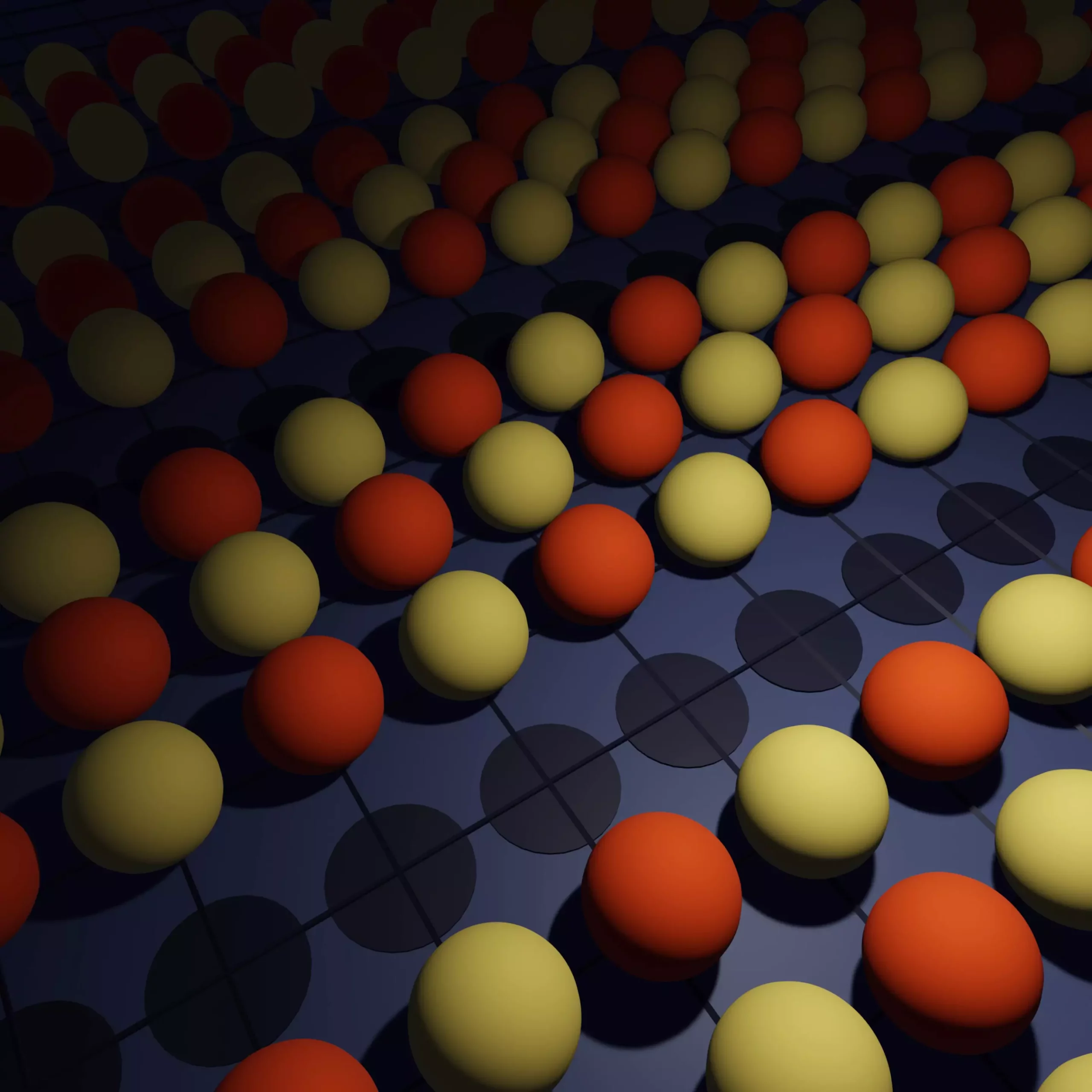The journey toward unraveling quantum physics has continuously revealed intricate and perplexing phenomena, one of the most enigmatic being the “pseudogap.” This state is closely linked to high-temperature superconductivity, a feature that has captivated physicists who aspire to achieve room-temperature superconductivity. Such a breakthrough would unlock extraordinary technologies – enabling lossless power transmission, enhancing MRI machines, and revolutionizing transportation with superfast levitating trains. Recent findings published in the prestigious journal *Science* have shed light on this long-standing mystery, promising to propel the quest for superconductivity into new realms.
At the heart of this research lies a category of materials primarily composed of copper and oxygen exhibiting superconductive properties at extremely low temperatures, typically under -140 degrees Celsius. However, as temperatures rise, these materials transition into the pseudogap phase, a state wherein their conductive behavior oscillates between that of a conventional metal and a semiconductor. Scientists have long recognized that the pseudogap condition is present in all high-temperature superconducting materials, but its underlying mechanisms and implications at both macroscopic and microscopic levels remained obscured.
Researchers have recently taken significant strides toward demystifying the pseudogap. Team member Antoine Georges from the Flatiron Institute articulates the significance of their work: “Imagine a landscape shrouded in fog; previously, only a few valleys and peaks were visible. As the fog dissipates, a broader view of the landscape emerges, allowing us to connect more dots in our understanding.” This analogy underscores the profound implications that the research holds for the entire field of condensed matter physics.
The study relies on sophisticated computational techniques to investigate electron behavior in materials exhibiting the pseudogap. The complexity of these calculations arises from quantum entanglement, wherein electrons bind together, making individual examination difficult once they separate. This entanglement poses a fundamental challenge, especially when analyzing systems with numerous electrons.
To tackle these challenges, researchers have employed innovative algorithms, including the Hubbard model, a venerable construct dating back to the 1960s designed to facilitate understanding electron behaviors in specific materials. Within this framework, electrons are conceptualized as chess pieces that traverse a board, with certain restrictions on movement based on their spin orientation. While effective in years past, the Hubbard model alone cannot fully conquer the complexities of the pseudogap state, particularly at lower but finite temperatures.
The research team pivoted toward a more advanced computational strategy known as diagrammatic Monte Carlo. This algorithm diverges from traditional Monte Carlo methods by examining interactions across the entire system rather than locally analyzing small segments. This holistic approach has allowed the researchers to discern critical properties of pseudogapped materials as they approach absolute zero, where temperatures drop to a realm so cold at -273.15 degrees Celsius that molecular motion ceases.
Leveraging diagrammatic Monte Carlo, the researchers made groundbreaking observations regarding the transition of materials from the pseudogap to the superconducting state as temperatures drop. Prior studies indicated that materials could display distinct phases – either becoming superconductive or leading to periodic arrangements of electrons, termed “stripes.” The new findings clarified the longstanding debate concerning the evolution of the pseudogap into stripes, revealing that this transition is an intrinsic characteristic of these materials as they chill.
Furthermore, the research uncovered a fascinating interplay between the arrangements of electrons and the emergence of the pseudogap. As electrons organize into patchy patterns resembling checkerboards alongside the stripe formations, a resultant destabilizing effect triggers the pseudogap state. The nexus between structural electron arrangements and temperature has elucidated the genesis of the pseudogap and its subsequent transformations, igniting the excitement within the scientific community.
The revelations surrounding the pseudogap are not merely academic; they offer tangible benefits for burgeoning fields such as quantum gas simulation. By uniformly cooling atoms to near absolute zero and employing laser technology to create conditions that mirror the Hubbard model, scientists can harness experimental setups to observe the pseudogap formation directly. Accordingly, the interplay between theory and experimental application enriches the understanding of quantum physics.
This rigorous exploration has cast light on the enigmatic pseudogap, a fundamental phenomenon within the landscape of superconductivity. The collective effort of the research team and the methodological advances employed have brought clarity to a domain that has long been obscured. As the fog continues to lift, the scientific community stands on the brink of new discoveries that may redefine our grasp of quantum mechanics and its potential applications in technology and beyond.


Leave a Reply
You must be logged in to post a comment.